
A cruiser is a type of warship. Modern cruisers are generally the largest ships in a fleet after aircraft carriers and amphibious assault ships, and can usually perform several roles.

A frigate is a type of warship, having various sizes and roles over time.
Eight ships of the Royal Navy have borne the name HMS Bellona after Bellona, the goddess of war in Roman mythology:

In the 18th century and most of the 19th, a sloop-of-war in the Royal Navy was a warship with a single gun deck that carried up to eighteen guns. The rating system covered all vessels with 20 guns and above; thus, the term sloop-of-war encompassed all the unrated combat vessels, including the very small gun-brigs and cutters. In technical terms, even the more specialised bomb vessels and fireships were classed as sloops-of-war, and in practice these were employed in the sloop role when not carrying out their specialized functions.

Woolwich Dockyard was an English naval dockyard along the river Thames at Woolwich in north-west Kent, where many ships were built from the early 16th century until the late 19th century. William Camden called it 'the Mother Dock of all England'. By virtue of the size and quantity of vessels built there, Woolwich Dockyard is described as having been 'among the most important shipyards of seventeenth-century Europe'. During the Age of Sail, the yard continued to be used for shipbuilding and repair work more or less consistently; in the 1830s a specialist factory within the dockyard oversaw the introduction of steam power for ships of the Royal Navy. At its largest extent it filled a 56-acre site north of Woolwich Church Street, between Warspite Road and New Ferry Approach; 19th-century naval vessels were fast outgrowing the yard, however, and it eventually closed in 1869. The former dockyard area is now partly residential, partly industrial, with remnants of its historic past having been restored.
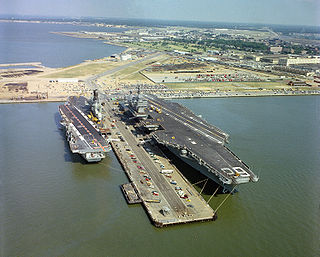
The capital ships of a navy are its most important warships; they are generally the larger ships when compared to other warships in their respective fleet. A capital ship is generally a leading or a primary ship in a naval fleet.

The Dido class was a class of sixteen light cruisers built for the British Royal Navy. The design was influenced by the inter-war Arethusa-class light cruisers. The first group of three ships were commissioned in 1940, the second group and third group were commissioned between 1941–1942. A fourth group, also described as the Improved Dido, or the Bellona class, were commissioned between 1943 and 1944. Most members of the class were given names drawn from classical history and legend. The groups differed in armament, and, for the Bellona's, in function. The Dido class were designed as small trade protection cruisers, and were designed with five turrets, each with twin 5.25 guns in high angle mountings, far more modern in design than previous light cruiser turrets, and offering efficient loading up to 90 degrees to give some DP capability. While some damage was experienced initially in extreme North Atlantic conditions, modified handling avoided the problem. The fitting of the three turrets forward in A,B and Q position depended on some use of aluminium in structure and the non availability of aluminium after Dunkirk was one of the reasons for only four turrets being fitted to the first group of three,while the third group had four turrets with twin 4.5 guns. The Bellona's were designed from the outset with four turrets, but with radar-guided guns, and carried an increased light anti-aircraft armament.
Seven ships of the Royal Navy have been named HMS Juno after the Roman goddess Juno:
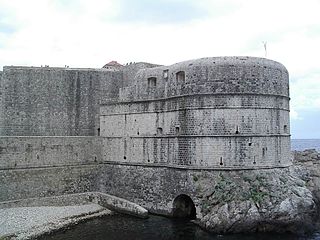
A casemate is a fortified gun emplacement or armored structure from which guns are fired. Originally, the term referred to a vaulted chamber in a fortress. In armoured fighting vehicles that do not have a turret for the main gun, the structure that accommodates the gun is termed the casemate.
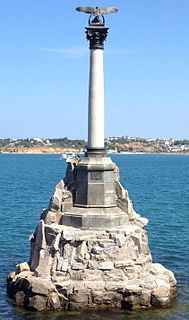
Scuttling is the deliberate sinking of a ship by allowing water to flow into the hull. This can be achieved in several ways—seacocks or hatches can be opened to the sea, or holes may be ripped into the hull with brute force or with explosives. Scuttling may be performed to dispose of an abandoned, old, or captured vessel; to prevent the vessel from becoming a navigation hazard; as an act of self-destruction to prevent the ship from being captured by an enemy force ; as a blockship to restrict navigation through a channel or within a harbor; to provide an artificial reef for divers and marine life; or to alter the flow of rivers.
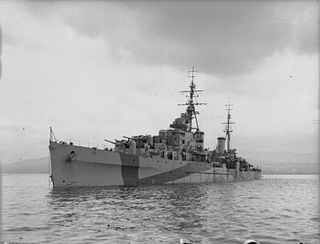
HMS Bellona was the name ship of her sub-class of light cruisers for the Royal Navy. She was a modified Dido-class design with only four twin 5.25 turrets, but now with remote power control, RP10 for quicker elevation and training, combined with improved handling and storage of the shells, and charges after the ammunition had been raised on the chains from the magazines. THe light AA was vastly improved, with six good, twin oerilikons and three half effective quad pom pom. Entering service in 1943, the cruiser operated during World War II as an escort for the Arctic convoys, as a jamming ship to prevent the use of radio-controlled bombs and in support of the Omaha Beach landings.
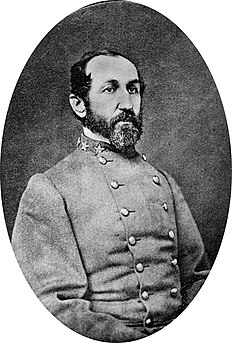
Josiah Gorgas was one of the few Northern-born Confederate generals and was later president of the University of Alabama.
Ten ships of the Royal Navy have borne the name HMS Blanche:
Six ships of the Royal Navy have borne the name HMS Astraea, HMS Astree or HMS Astrea, after the figure of Astraea in Greek mythology:

The QF 5.25-inch Mark I gun was the heaviest dual-purpose gun used by the Royal Navy during the Second World War. Although considered less than completely successful, it saw extensive service. 267 guns were built.
Neptune is a planet in the Solar System.

The Breech Loading 5.5-inch Mk I was a naval gun used by the British Royal Navy during both World Wars.
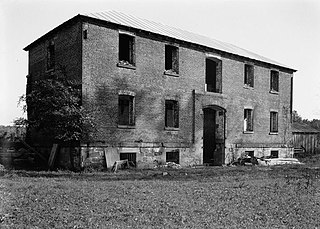
Bellona Arsenal was a 19th-century United States Army post in Chesterfield County, Virginia, above the fall line of the James River east of Richmond, Virginia. Ruins of a powder magazine and other buildings are still standing. The site is listed on the National Register of Historic Places.
The following index is provided as an overview of and topical guide to recreational dive sites:
This page is based on this
Wikipedia article Text is available under the
CC BY-SA 4.0 license; additional terms may apply.
Images, videos and audio are available under their respective licenses.












